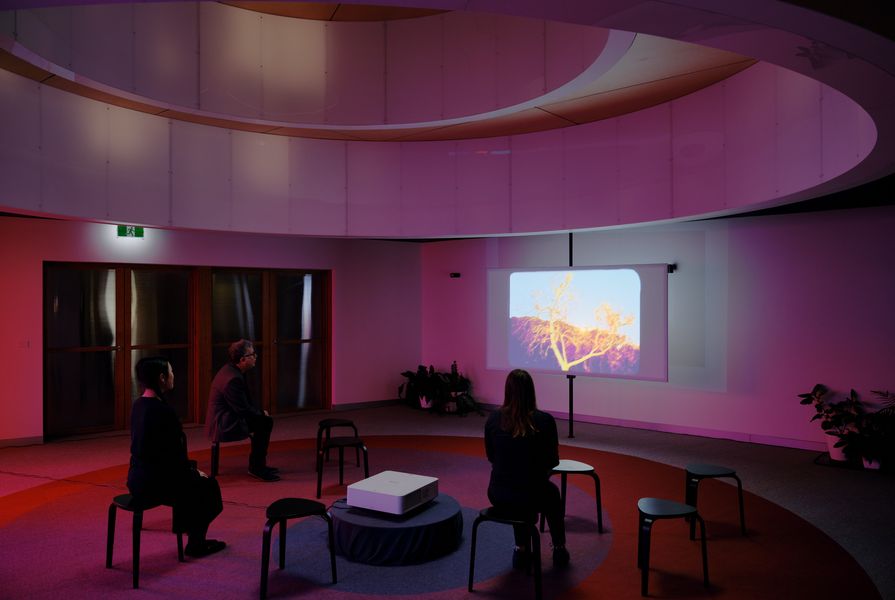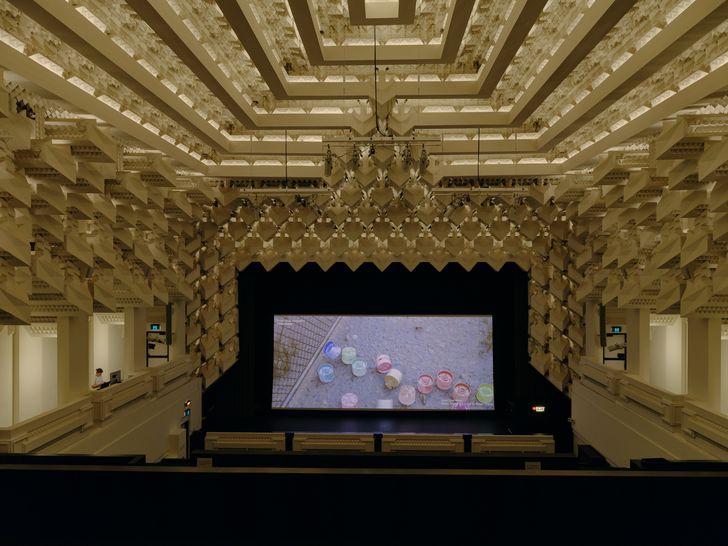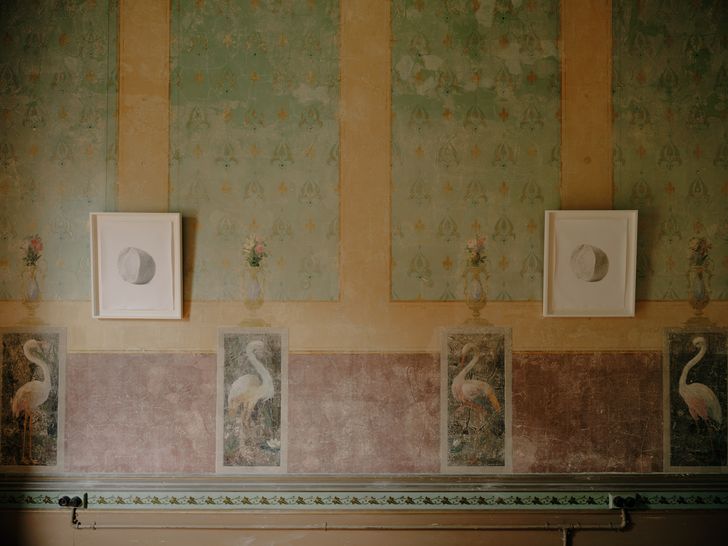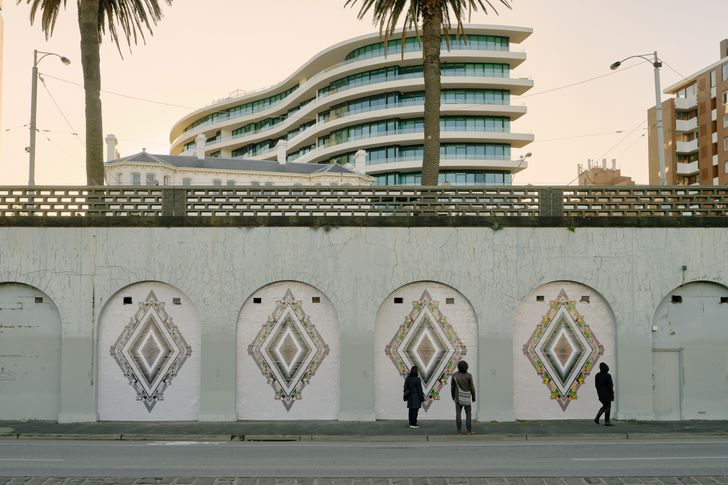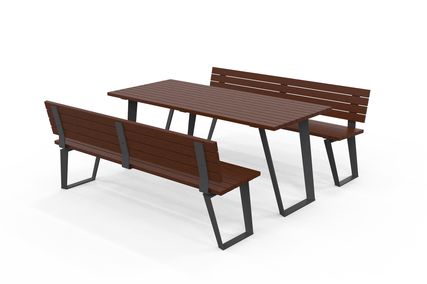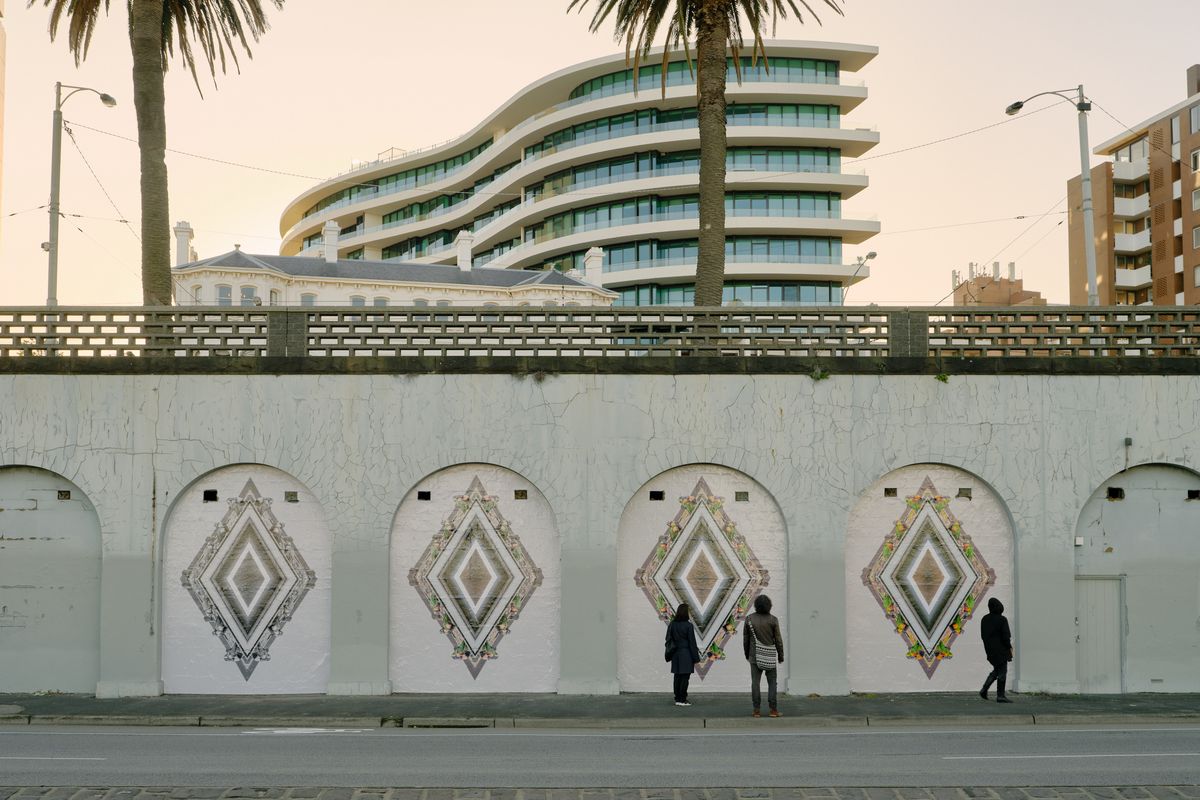Take Hold of the Clouds, which ran as part of the recent Open House Melbourne program, raises several questions: how can we expand our understanding and experience of architecture and landscapes? And how might a large-scale public architecture festival engage audiences in different ways?
Curated by Open House Melbourne’s Fleur Watson and Monash University’s Tara McDowell, the project paired creative practitioners with seven significant buildings and urban spaces across the city, with each practitioner offering a work in response to their allocated site. Six local and two international practitioners have presented contributions, complexifying discussions around what architecture can mean in a global context. The exhibition augments the more traditional line-up of self-guided visits, talks and architecture tours that have made up the bulk of the Open House program each year.
There’s much promise to the exhibition’s premise – so much so, that now that the program is over, it’s easy to wonder why it hadn’t been done before. With a heavy emphasis on data, information and performance in the design fields, it’s important to consider how we might test alternative ways to nurture conversations that draw other possibilities and perspectives into view. Staging encounters between art and architecture seems to be one fruitful approach.
Across the wide diversity of installations and sites, I found the confluence of sound, visuals and sculpture in architect and artist Ying-Lan Dann’s installation animating the Mission to Seafarers dome particularly absorbing. Dann’s act of layering the shifting architecture of the sea over the fixed structure of the dome through a sculptural screen and video project achieves a coherence and lyricism that materially elevates understandings of the complex’s formal, cultural and geographical resonances.
Circular Temporalities by Ying-Lan Dann at Mission to Seafarers.
Image: Courtesy Open House Melbourne
The placement of existing video works by London-based research agency Forensic Architecture and American filmmaker Cauleen Smith within The Capitol and the Victorian Quaker Centre respectively proved deft curatorial moves. Forensic Architecture’s documentary Cloud Studies investigates the weaponization of toxic air. It led to The Capitol’s cavernous interiors being viewed afresh – what had once seemed weighty and ornate, now light as a frozen cloud. I had a similar experience at the Quaker Centre, where the light and forms of the worship circle created a potent frame for Smith’s Afrofuturist encounter while evoking reflection on how architecture might contribute to building a utopia.
Cloud Studies by Forensic Architecture at the Capitol Theatre.
Image: Courtesy Open House Melbourne
Other installations encouraged an understanding of architecture as fluid and relational, as sites of evolution and exchange. This was particularly evident in artist Julia McInerney’s work, comprising black and white photographs, a film and series of subtle edits to the interiors of the Villa Alba Museum in Kew. First-time visitors to the villa might focus their attention on the aesthetics of the building’s nineteenth-century interiors, hand-painted under the direction of the then-renowned Melbourne-based interior decorating firm, The Paterson Bros. By contrast, McInerney’s images of camellias evoke the often invisible labour of women – filtered through a memory of her mother repairing broken flowers, the villa’s domestic functions and the building’s lesser known role as a former dormitory for nurses.
Joanna by Julia McInerney at Villa Alba
Image: Courtesy Open House Melbourne
If highlighting the unseen was a common thread among the works, Barkindji artist Kent Morris’s series of rainbow lorikeet images installed within the arches of the St Kilda Foreshore Vaults effected a subtle shift in the reading of the site, honouring the resilience of native birds and Indigenous ways of caring for the land. As cars zipped past along St Kilda’s busy Jacka Boulevard, the panels’ graphic boldness – emerging from black and white to vibrant colour – asserted a permanent presence in the context of a fast-changing and increasingly hostile urban environment.
Unvanished - (St Kilda) Rainbow Lorikeet #2 by Kent Morris at St Kilda Foreshore Vaults
Image: Courtesy Open House Melbourne
Beyond the exhibition sites themselves, the journey – a practical aspect of a distributed exhibition – necessitated visitors mapping out their own way across the city. This necessity turned out to be unexpectedly gratifying, characterised by the delightful discovery of many new and unfamiliar aspects of the urban enroute from site to site. One such moment, for me, occurred as I was striding from the Quaker Centre towards Trades Hall. Meandering down one of many backstreets, a serendipitous ray of sunshine chanced upon a construction site, illuminating a pile of crates and scaffolding that mirrored, with remarkable fidelity, the ragged geometry of the city skyline. Fleeting and incidental by contrast with the more considered contemplation of each curated installation, these moments were equally precious.
Take Hold of the Clouds is a refreshing addition to the Open House program – and I assume there will be more iterations going forward. With this in mind, it will be interesting to see how the distributed exhibition concept is refined and progressed. Will the curators, for instance, develop a more specific framework, including guest curators and particular themes? Will other disciplines beyond the creative arts be invited to respond? With issues such as climate change and urbanization making conversations around urban environment design even more important in an existential way, experimenting with how art might enrich discussions around architecture can only encourage more fertile and nuanced deliberations around the future of the city.

